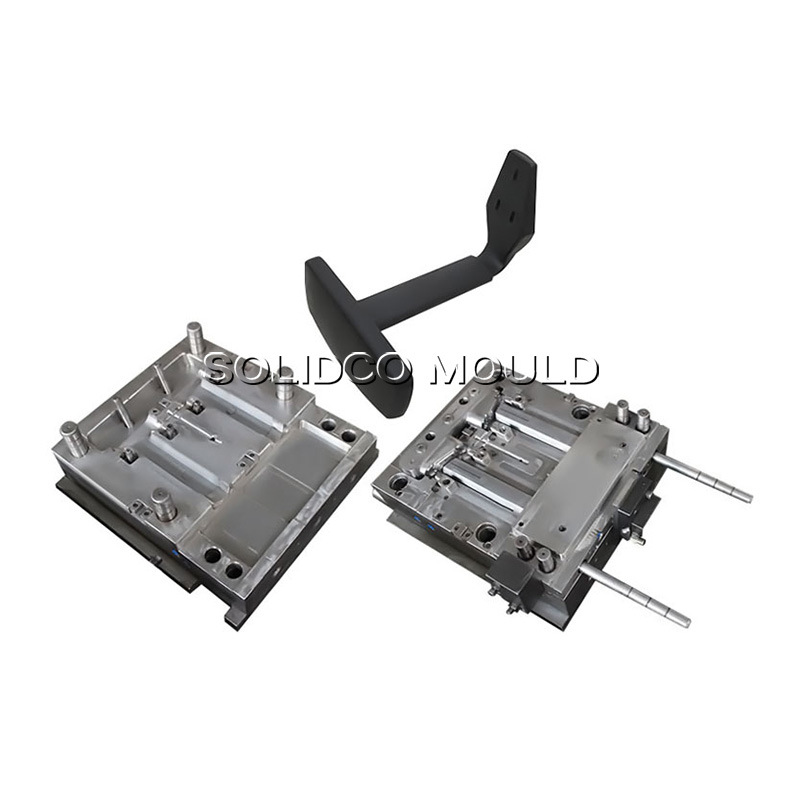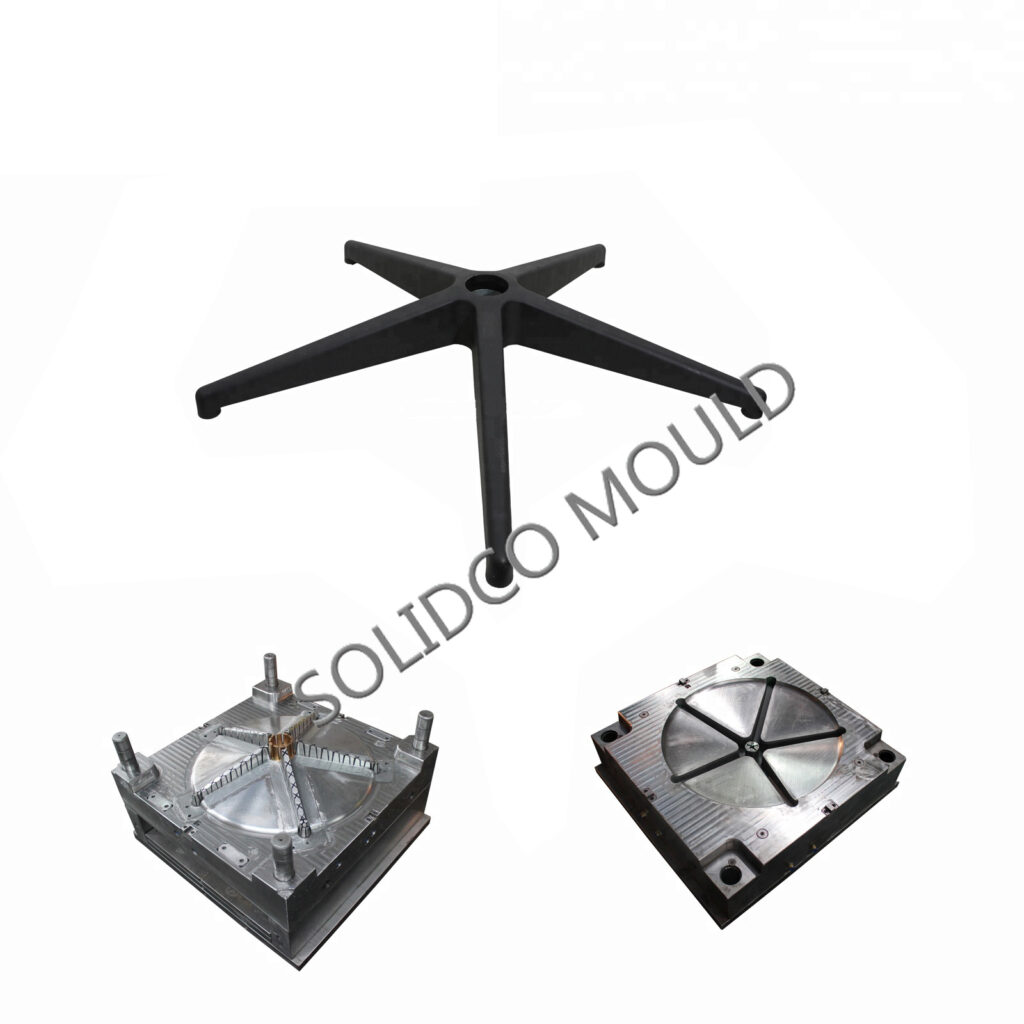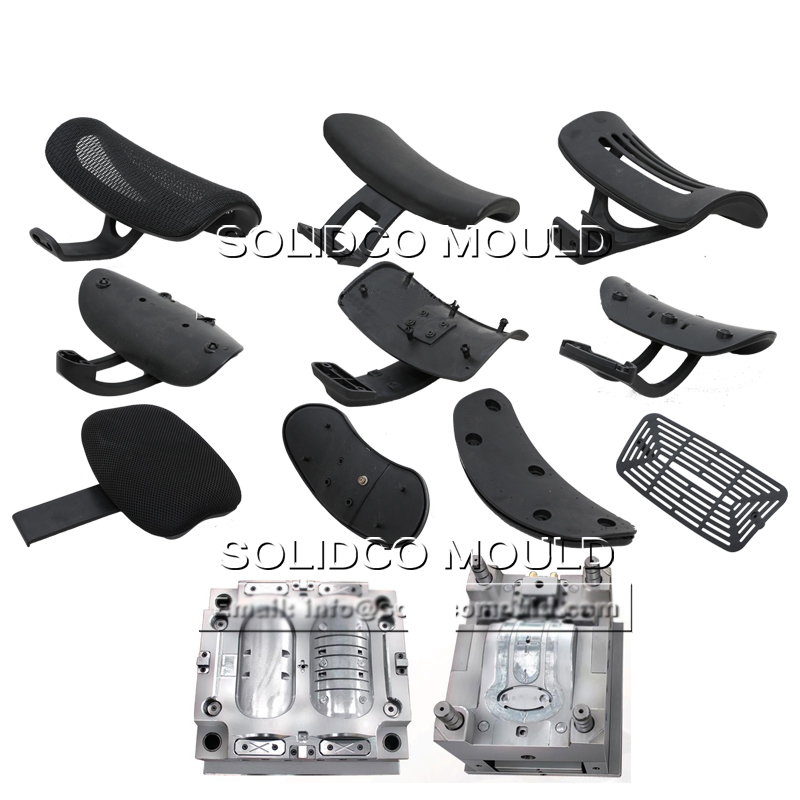
Long Glass Fiber Reinforced PP Injection Molding Process And Injection Molding Methods:
Long glass fiber reinforced polypropylene (PP) parts are typically made from injection molded long glass fiber pellets. A new one-step process can compound polypropylene and fiberglass together to directly produce injection molded parts.
Both methods have their own characteristics, and the method adopted should be determined according to the characteristics of the component production.
In automotive engineering, instrument panels, front-end components and underbody elements are increasingly made from glass-fiber-reinforced polypropylene. Polypropylene has the characteristics of low density, low material cost, and easy reuse.
Therefore, it has gradually replaced engineering plastics and metals in the above application fields. However, polypropylene can only meet mechanical specifications if long glass fiber reinforcement enhances elastic modulus and impact strength.
Components are made of injection-molded or compression-molded fiberglass-reinforced PP. In the compression molding process, the starting material is usually a semi-finished sheet made of glass mat thermoplastic (GMT) reinforced PP.
Due to its long and isotropic fibers, traditional GMT compression molding often produces parts with excellent mechanical properties. However, the GMT production process is very complex. Therefore, the cost of semi-finished products is relatively high.
Thanks to the latest technological developments, PP and glass fibers can now be compounded online and then directly compression molded. With the development of process technology, compression molding has many disadvantages compared with injection molding.
In many cases, parts must be re-machined. Openings in compression molded parts can usually only be created during the downstream stamping process. This creates scrap, which increases overall costs.


Performance Of Glass Fiber Reinforced Injection Molding
Good bonding between fiber and substrate is critical to the mechanical properties of the component. GMT provides higher strength and impact strength compared to direct processing of molding compounds and long glass fiber pellets.
Since the fibers and fiber filaments are well bonded and the filaments are evenly distributed, a needle felt structure is formed, which has many advantages. However, compared to molding compounds injected directly or via long-fiber pellets, these advantages no longer exist if the flow path during compression molding is too long.
Since injection molding creates fiber orientation in the part, the lack of needling performance can be partially offset if the stresses generated are properly designed.
The processing method is concluded based on the damage of fiber structure in composite materials. Fiber structure damage includes fiber breakage, fiber debonding, fiber pulling out, etc. To take full advantage of fiber strength, it is necessary to ensure that the fiber length is longer than the so-called critical fiber length.
For fiber/substrate composites composed of PP and glass, the corresponding literature value of critical fiber length (LC) is 1.3 mm to 3.1 mm. Using special coupling agents, values up to 0.9 mm can be produced.
The quality of fiber-substrate coupling can be inferred from the ratio between the actual fiber length and the critical fiber length. If the actual fiber length of the component is greater than the critical fiber length, the fibers are prone to breakage.
If it falls below the critical fiber length, fiber pullout may occur. This mainly refers to the breakage of the fiber/substrate interface, which usually occurs in chopped fiber compounds with fiber lengths generally ranging from 0.2 mm to 0.6 mm.
Strictly speaking, the length of the remaining reinforcing fibers in the fiber is irrelevant to the design. For component design, mechanical properties such as strength, rigidity, and impact strength are more important.
Although these properties are part of the function of fiber length, their relationship is very complex. Therefore, fiber length analysis alone can only achieve the current goal, but it is indeed a very practical parameter for obtaining trend information.


Fiber Length In Part
During the processing of long glass fiber-reinforced polypropylene, it is important to ensure that the longest fibers are blended into the component to produce optimal mechanical properties in the composite.
However, there is currently no reliable way to prevent fibers from breaking when mechanical stress is applied, which can lead to fiber shortening during compounding and injection molding. When the fiber-containing melt is injected into the mold, it causes maximum damage to the fibers.
However, proper design can reduce the amount of fiber shortening. At the same time, the melting process will also significantly affect the fiber length. In this regard, injection molding machines and injection molding compounding machines (IMC) are very different.
When processed by an injection molding machine, the initial fiber length is limited by the size of the pellets (generally 10 mm to 25 mm).
Long glass fiber manufacturers provide sheathing pellets and pultruded pellets. In pultruded pellets, the fibers are wetted from the substrate in a melt tank and then assembled into small bundles. This method allows the substrate to soak all fibers evenly.
In sheathing pellets, the fibers and substrate are coextruded. The injection molding machine must dissolve the fiber mass during the melting process and then thoroughly wet the fibers with the substrate.
During the melting process, the degree of fiber damage decreases as the flow resistance decreases. When the flow channel cross-section is larger, the damage to the fibers is smaller. Therefore, when processing long glass fiber pellets, the screw configuration and check valve should be improved accordingly.
When the pellets are injection molded, the fibers go through the entire melting process. Mechanical stress will remain on the fiber for a considerable period of time.
Plasticization begins with high forces on the fibers because the substrate is not completely melted at this stage. Some fibers are pinched and subjected to significant shear forces.
In contrast, injection molding compounders melt pure substrates without fibers. The fibers are added after the base material has been melted and are therefore subject to less mechanical stress.
This method causes less damage to the fiber than melting in the injection molding machine, and the average length of the fiber increases. An injection molding compounder can be used to mix jointless rovings (not cut wires) directly into the melt.
Although the screw rotation breaks the roving into shorter pieces, the final length of the fiber is relatively long.
Contact Person: Alex Chu
WhatsApp/ WeChat: 0086 18968677763
Email: sc10@solidcomould.com
Website: www.solidcomould.com